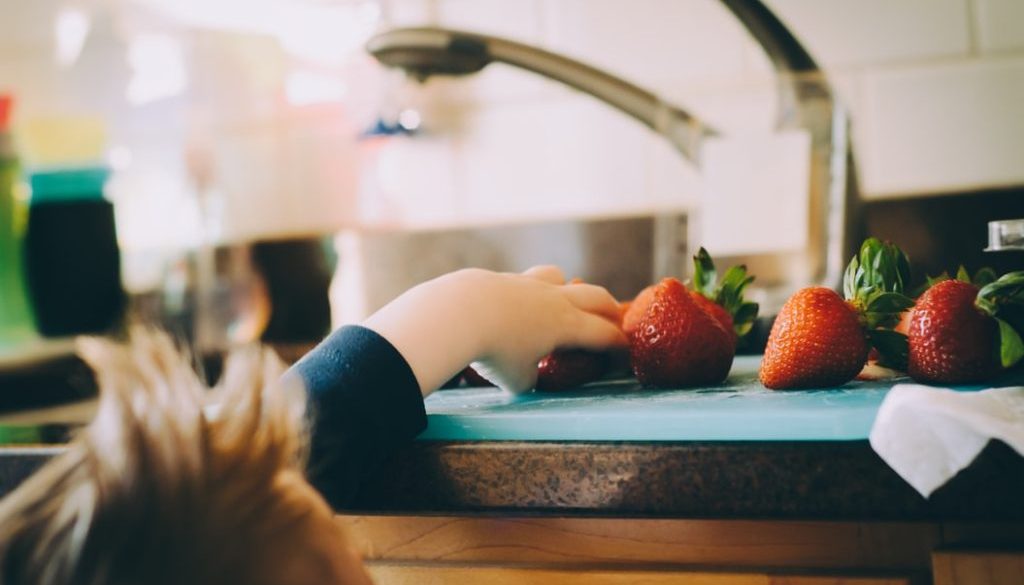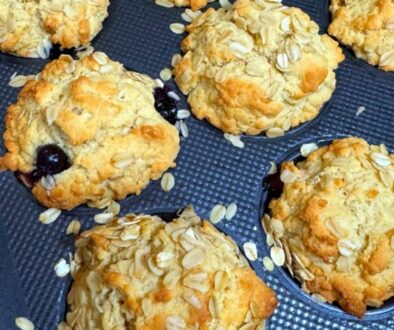Healthy Eating in Children
I was invited to make a video for parents of kindergarten children, all about the importance of a healthy diet for children, how to create a balanced diet for them, as well as provide examples of healthy lunch box ideas. I thought I would share my speech here!
Growing bodies and learning minds require the right amount of fuel and nutrients to maximise their potential. As children’s brains are rapidly developing, they need a nutrient-dense diet to help them as they process the world around them. Everything from learning, to memory and attentiveness, are affected by the foods they consume. As I’m sure your children love to climb and run, not only does a nutritious diet help these precious bodies grow strong, it improves their overall wellbeing – it gives children the energy to live life to the full, protects against malnourishment, maintains the immune system, prevents obesity and reduces the risk of chronic disease.
Healthy eating can also help your children be happier, as nutrition has a direct effect on how children feel. Proper nutrition also allows children to cope more effectively with stress, better manage their emotions and get a good sleep – all of which assist learning. It’s important to help children develop healthy habits that will make it easier for them to continue throughout life. Involve your children in the process of shopping for, cooking, and preparing their lunchbox, and they may be more likely to eat and enjoy their food.
Hunger
Being hungry is a natural and amazing thing. It’s our bodies way of telling us when we need more fuel. And it’s really important to listen to our hunger. Children are born with an innate ability to tune into their hunger and satiety. Basically, children are pretty good at eating enough to maintain an energy balance. Therefore, we don’t want to interfere with this as a means to control the feeding experience – so it’s a great idea to never rush meal times, don’t punish them for not eating everything, and avoid using food as a reward.
Balanced Healthy Diet
Providing a variety of foods will ensure that your kids not only meet their nutritional requirements so they can withstand the rigours of their day, but will also ensure that they are kept satisfied. Fresh unprocessed foods are the gold standard for your kids – think fruits, vegetables, whole grains, healthy fats, and protein. A great trick for children is to get them eating the rainbow. Think red, orange, yellow, green, blue/purple, and brown foods. You could get your children to play a game next time they eat – get them to count all the different colours on their plate.
‘Everyday’ Vs ‘Sometimes’ Food
You’ll never hear a nutritionist refer to a food as “good” or “bad”. We prefer to use terms like “sometimes” foods and “everyday” foods. While an apple is a food that should be enjoyed regularly, a chocolate bar for example should only be consumed from time to time. It’s important to teach kids this philosophy from an early age. Giving your kids the occasional chocolate bar or packet of chips is acceptable, as it’s all about balance – just be sure not to make it an everyday occurrence.

Importance of a Healthy Lunchbox
What kids have in their lunchbox is super important, as they need quality food to fuel their day at school. A little bit of planning with your child’s lunch box will make sure that your child has good attention levels all day and help them make the most out of learning time, socialising time and playing time.
Not only does a healthy lunchbox give them sustained energy to concentrate and learn at school, it helps set healthy eating habits for them in the future. Children need foods that are rich in nutrients such as protein, healthy sources of fat, fibre and vitamin and minerals while drinking plenty of water. These nutrients will help to give children sustained energy. When these nutrients are removed – which is common in many processed foods and sugary drinks – the food is broken down quickly and causes a quick and short release of sugar in the body, leading to a crash in energy. This crash will leave children feeling tired and unmotivated to learn at school.
Balanced Healthy Lunchbox
A healthy lunchbox should consist of at least one item from the five food groups:
- First is whole grains, which are high in fibre and essential nutrients, that provide children with slow-releasing energy, keeping them active and energised throughout the day. Eg. Wholegrain/wholemeal bread, rye bread, pasta/rice, wraps, Lebanese bread, rice/corn crackers.
- Second is meat & meat alternatives, which are great for building muscle, concentration and alertness, and keeping them fuller for longer. Eg. tinned tuna, mashed boiled egg, leftover shredded chicken/roast beef, baked beans, falafel, lentil/beans, meatballs.
- Next is fruit & vegetables, which provide them with the essential vitamins, minerals, and fibre they need in the day. Eg. Whole or chopped fruit, tinned fruit salad (in juice), sultanas, sliced vegetables, stir-fry/baked veggies.
- Next is dairy, which is their main source of calcium, so it is very important for helping them develop strong bones and teeth. Eg. Small tub of yoghurt, cheese, milk, custard.
- Lastly drinks, it’s so important for children to stay well hydrated, particularly when they are active all day. Eg. Water or milk.
Here is an example of a balanced, healthy lunchbox:
- Main lunch:
- Sandwich using wholemeal/wholegrain sliced bread, Lebanese bread, pita wraps with a nutritious filling Eg. shredded chicken, tuna, cheese, hummus, egg, falafel with salad
- Leftover rice, pasta, noodles with meat and/or vegetables
- Homemade pizza, vegetable or meat patties, vegetable fritters
- Nutritious snacks (1-2 choices): Small tub of yoghurt, cheese and crackers, air-popped popcorn, veggie sticks and dip, corn on cob, homemade fruit muffins, rice crackers with hummus.
- Piece of fruit: fresh fruit – 1 medium apple or banana, 4-5 strawberries, 2 small peaches or plums, 8-10 grapes, 1 cup tinned fruit (in juice), or small handful of sultanas.
- Drink: Water bottle (always!), milk (250ml), 100% fruit juice (125ml)
By sending your kids to school armed with nutritional goodies, as well as ensuring they don’t leave home without breakfast you’ll be maximising their potential in the classroom and on the sporting field – now that’s something every parent can be proud of.




